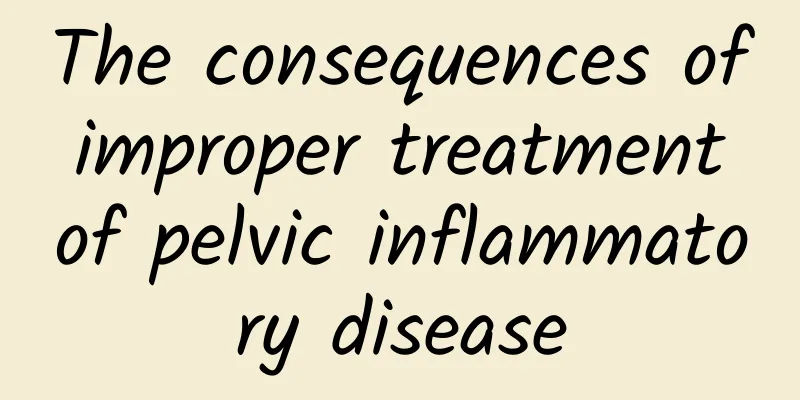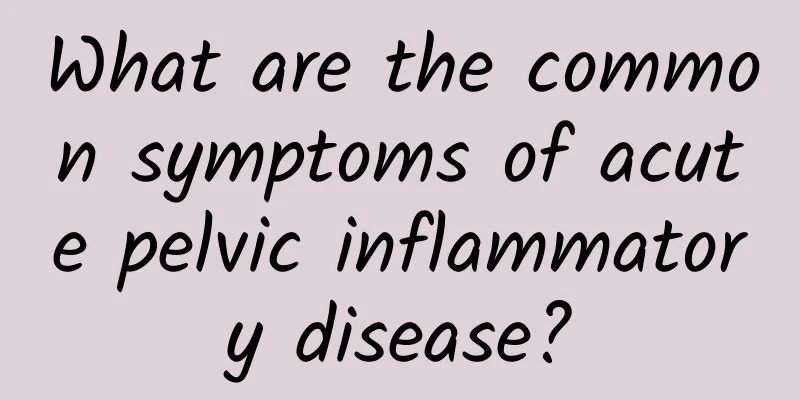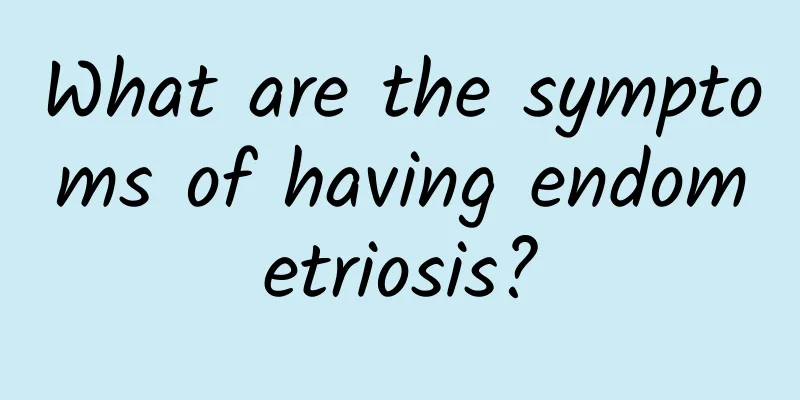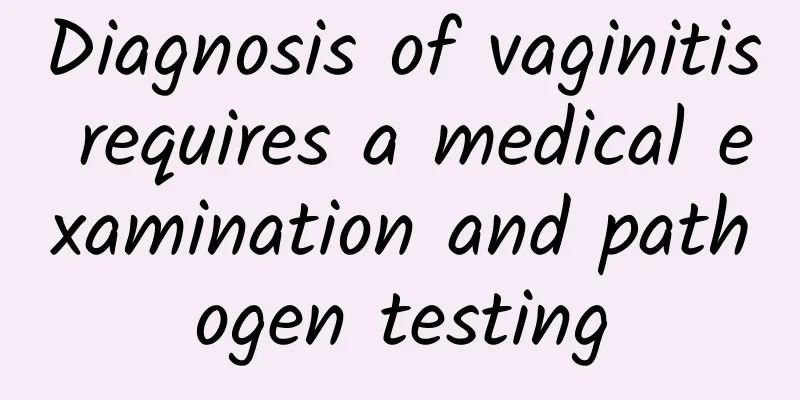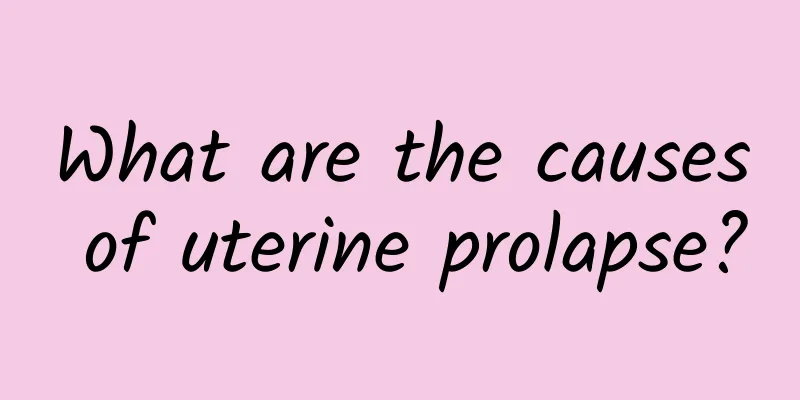How big is the uterine fibroid before surgery is needed? Common treatments for uterine fibroids
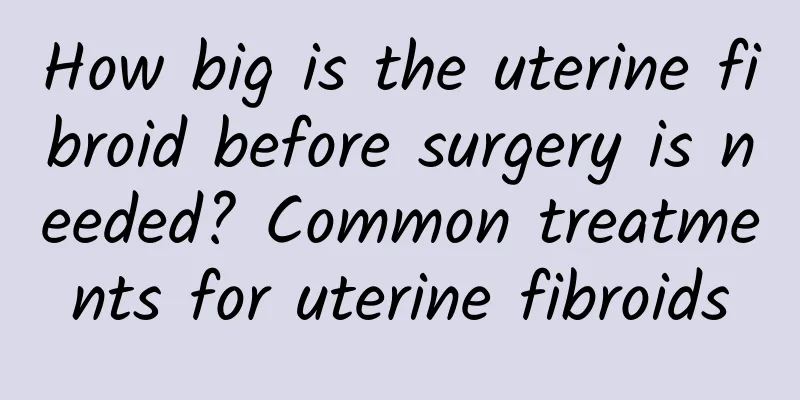
|
Uterine fibroids are a killer that seriously affects women's health. Uterine fibroids can cause women to experience symptoms such as lower back pain, abnormal vaginal discharge, and in severe cases, can cause female infertility. Uterine fibroids need to be treated in a timely manner. So, how many surgeries are needed for uterine fibroids? Uterine fibroids can cause increased vaginal discharge, enlarged uterine cavity, increased endometrial glands, pelvic congestion, and increased vaginal discharge. When the uterus or cervical submucosal fibroids ulcerate, become infected, or necrotize, bloody or purulent leucorrhea may be produced. It may also cause infertility or miscarriage. Some patients with uterine fibroids are accompanied by infertility or prone to miscarriage. The impact on pregnancy and pregnancy outcomes may be related to the growth site, size, and number of fibroids. Huge uterine fibroids can cause deformation of the uterine cavity, hindering the implantation of the gestational sac and the growth and development of the embryo; fibroids can compress the fallopian tubes, causing obstruction of the lumen; submucosal fibroids can hinder the implantation of the gestational sac or affect the entry of sperm into the uterine cavity. The spontaneous abortion rate of patients with fibroids is higher than that of normal people, about 4:1. Some patients may experience anemia, which is caused by hemorrhagic anemia due to long-term menorrhagia or irregular vaginal bleeding. Patients with submucosal fibroids often experience severe anemia. Rarely, patients with uterine fibroids may experience polycythemia or hypoglycemia, which is usually related to the ectopic hormones produced by the tumor. Uterine fibroid surgery mainly refers to hysterectomy (including total resection and hemisection) and myomectomy. Resection is generally suitable for uterine size > 3 months of pregnancy, although the fibroids are not large, but the symptoms are obvious, or the fibroids grow rapidly and malignancy cannot be ruled out; removal is mainly suitable for unmarried and childless women under 35 years old. With the widespread application of non-invasive surgery in clinical practice, most uterine fibroid surgeries can be treated with ultrasound focused knives. The new technology of non-invasive surgical treatment in the 21st century, no surgery, no bleeding, no scars, no trauma, no radiation, no side effects. Postoperative recovery is faster, which greatly improves the quality of life and reduces the physical and mental torture of pain on patients. |
<<: Do uterine fibroids need to be removed? Can I still get pregnant if I have uterine fibroids?
>>: Does uterine fibroids require surgery? Are uterine fibroids benign tumors?
Recommend
Hyperprolactinemia diagnostic tool
Nowadays, many people are pursuing higher materia...
Can I take Four Seasons Antiviral Mixture during menstruation?
Can I take Four Seasons Antiviral Mixture during ...
What causes postmenopausal uterine bleeding?
Regarding the causes of menopause, we must analyz...
Is it effective to take Shaofu Zhuyu Granules for women with menstrual disorders? What are the causes of women's menstrual disorders?
Irregular menstruation is a more common symptom. ...
Patients with pelvic inflammatory disease should pay attention to the precautions during treatment
As a common disease, pelvic inflammatory disease ...
Introduction to the prevention of Trichomonas vaginitis
Since Trichomonas vaginitis has a strong ability ...
Is cryosurgery good for treating cervical erosion? Cryosurgery should pay attention to four aspects
What should I pay attention to when using cryosur...
What are the dangers of cervicitis
Cervicitis is a relatively common disease, so we ...
Vivian is overweight: No matter how fat I am, I am not as fat as Tang Liqi
Astrology expert Vivian successfully lost weight ...
Experts tell you how to treat ectopic pregnancy?
Ectopic pregnancy, also known as ectopic pregnanc...
What is the approximate age of menopause in women?
Each age group has a different physiological cycl...
What to do about irregular menstruation caused by blood deficiency? 6 dietary care methods for irregular menstruation
Many women around me are infertile due to blood d...
Can I get pregnant if I have ovulation bleeding?
When it comes to ovulation bleeding, everyone may...
Do I need to take protein powder to lose weight? Nutritionist: If you want to be thin and full, you should adopt this diet
When it comes to losing weight, a hundred people ...
Early pregnancy pelvic effusion lower abdominal pain
Pelvic effusion and dull lower abdominal pain in ...

